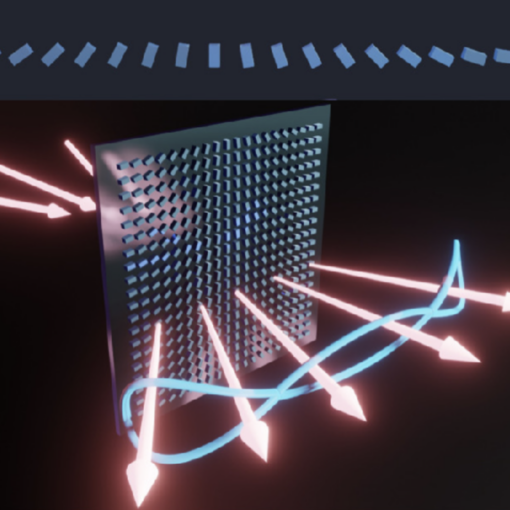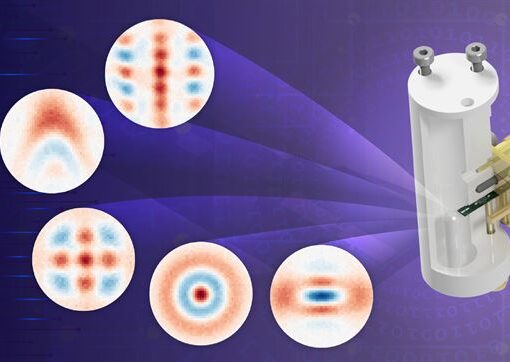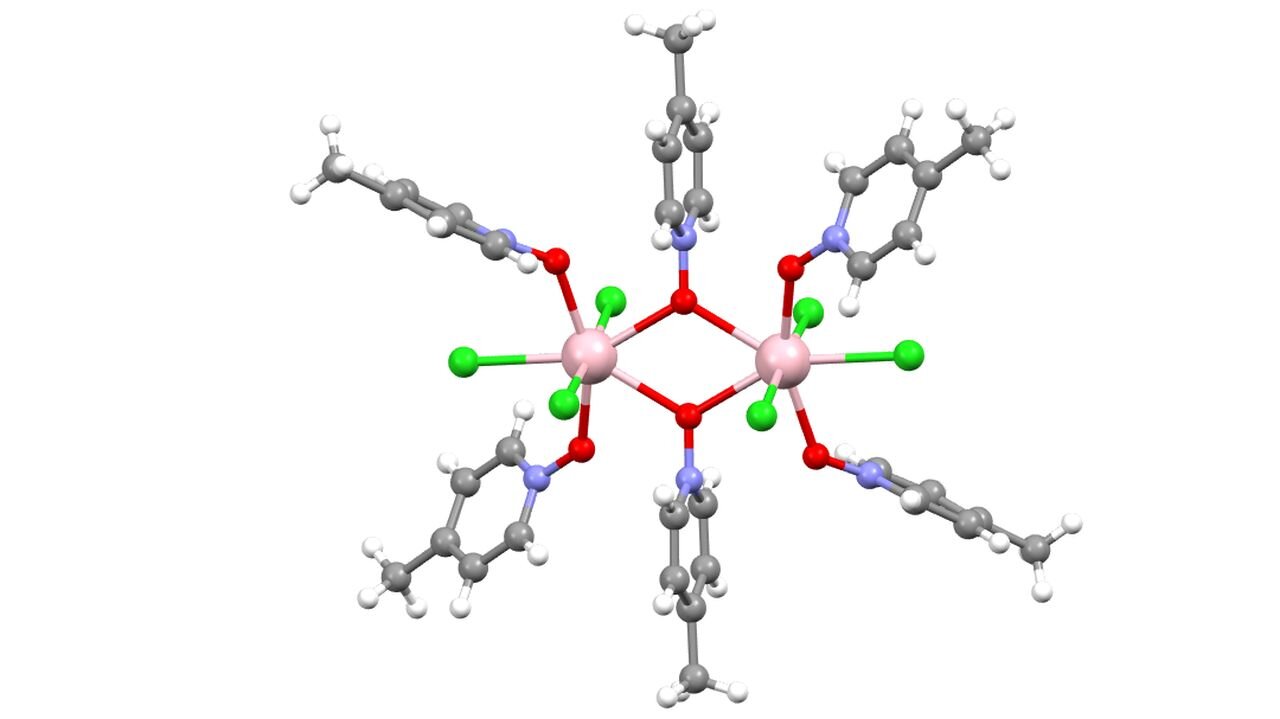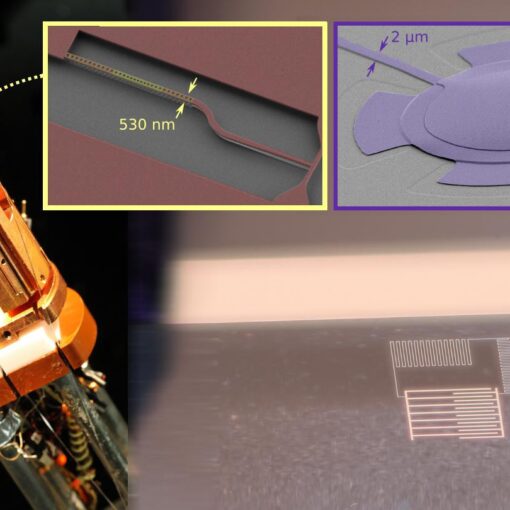
Metasurfaces Transform Quantum Computing Through Enhanced Photon Entanglement
Researchers from Chinese universities have revolutionized quantum computing by developing metasurfaces that generate and manipulate entangled photons more efficiently than traditional methods, potentially enabling smaller quantum computers and robust quantum networks.









